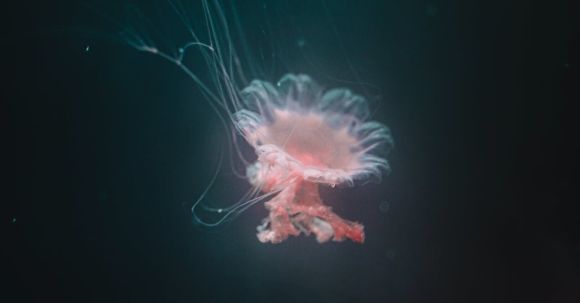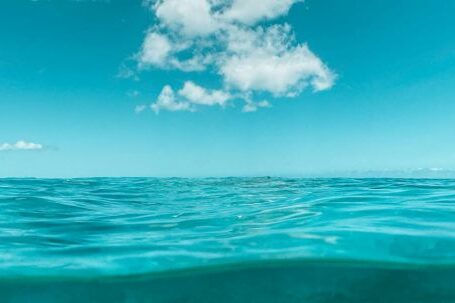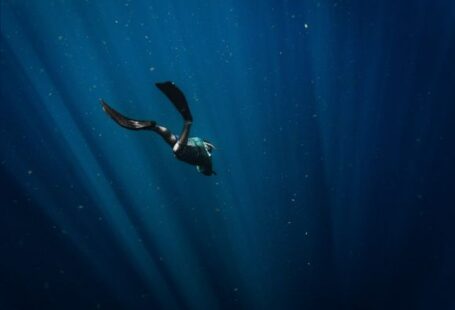Underwater photography is a captivating and challenging form of art that allows photographers to explore the mesmerizing world beneath the surface. Whether you are a beginner or an experienced photographer looking to venture into this realm, mastering the art of underwater photography requires patience, practice, and a few essential techniques. In this article, we will guide you through the process of going from a novice to a pro in underwater photography.
Understanding the Equipment
One of the first steps in becoming a proficient underwater photographer is to understand and familiarize yourself with the equipment you will be using. From waterproof cameras to underwater housings, each piece of equipment has its own features and functions that can significantly impact the quality of your photos. Take the time to learn about their settings, controls, and limitations to make the most out of your gear.
Mastering Buoyancy Control
Buoyancy control is a crucial skill to master in underwater photography. Maintaining neutral buoyancy allows you to effortlessly navigate through the water, position yourself correctly, and capture stunning images without disturbing the marine environment. Practice controlling your buoyancy by adjusting your breathing techniques and using your fins effectively. This will not only improve your photography but also reduce the risk of damaging the delicate underwater ecosystem.
Composition and Lighting Techniques
Composition and lighting play vital roles in creating visually striking underwater photographs. The key is to find a balance between capturing the subject and the surrounding environment. Experiment with different angles, perspectives, and framing techniques to achieve dynamic compositions. Additionally, understanding how light behaves underwater and using artificial lighting tools, such as strobes or torches, can dramatically enhance your images.
Mastering the Art of Macro Photography
Macro photography is a specialized technique that enables photographers to capture the intricate details of small underwater subjects. To excel in this field, it is essential to have a thorough understanding of your camera’s macro capabilities and to practice patience. Pay attention to the subject’s position, background, and lighting to create captivating macro images that showcase the hidden beauty of the underwater world.
Capturing Marine Life Behavior
Observing and capturing the behavior of marine life is one of the most exciting aspects of underwater photography. Whether it’s a school of colorful fish or a graceful sea turtle, understanding the behavior and movement patterns of marine creatures can help you anticipate and capture memorable moments. Spend time studying the marine environment and its inhabitants to increase your chances of capturing unique and captivating images.
Post-Processing and Editing Techniques
Post-processing plays a significant role in taking your underwater photographs from good to great. Familiarize yourself with editing software, such as Adobe Lightroom or Photoshop, to enhance colors, adjust exposure, and remove unwanted distractions. However, it is important to remember that editing should be used to enhance the natural beauty of the image and not to alter the reality of the underwater world.
Continuous Learning and Practice
Becoming a pro in underwater photography is a continuous learning process. Stay updated with the latest techniques, trends, and technologies in the field. Attend workshops, read books, and follow experienced underwater photographers to gain inspiration and improve your skills. Additionally, never underestimate the power of practice. The more time you spend in the water, experimenting with different techniques, and capturing images, the more you will grow as a photographer.
In conclusion, mastering the art of underwater photography requires a combination of technical knowledge, creativity, and a deep appreciation for the underwater world. By understanding your equipment, mastering buoyancy control, practicing composition and lighting techniques, and continuously learning and practicing, you can transform yourself from a novice to a pro in this captivating form of photography. So dive in and explore the wonders that lie beneath the surface, and let your photographs tell the mesmerizing stories of the underwater world.





